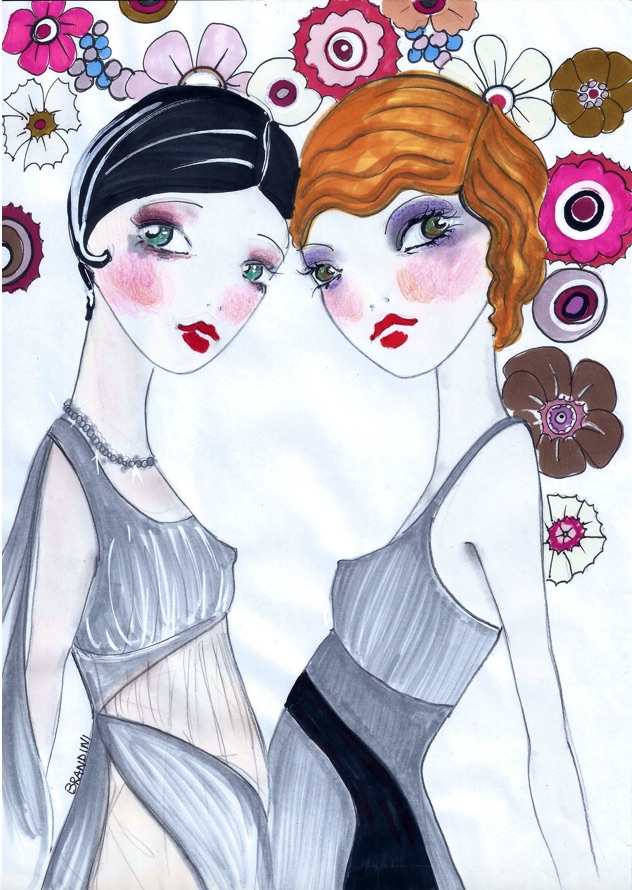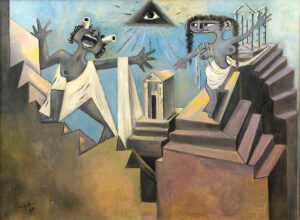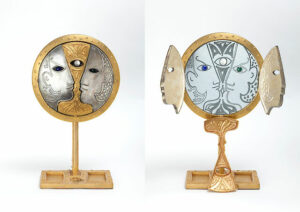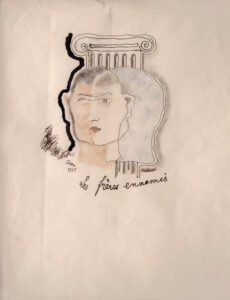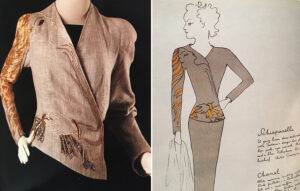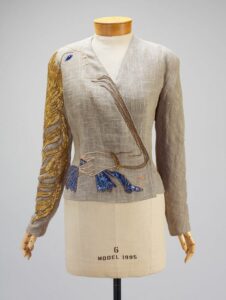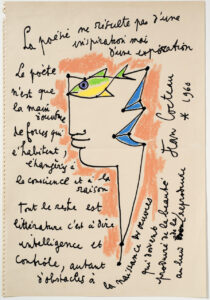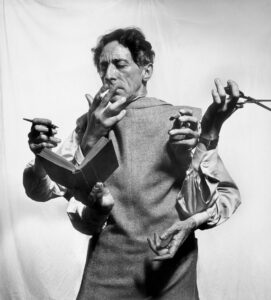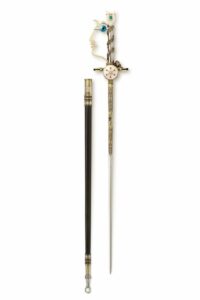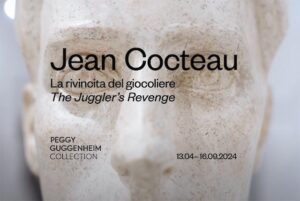Bella and Gigi by Beatrice Brandini
Exhibition. Jean Cocteau. The juggler’s revenge.
Until September 16, 2024, at the Peggy Guggenheim Collection in Venice, it will be possible to see the largest retrospective created in Italy dedicated to Jean Cocteau, one of the great geniuses of the 20th century.
Jean Cocteau Oedipus or the Crossroads of the Three Roads (Oedipe ou le Carrefour des trois routes), 1951
Curated by Kenneth E. Silver, historian and authoritative expert on the artist at New York University, the exhibition highlights the eclecticism (compared to that of a juggler) of Jean Cocteau, sometimes not always appreciated by his contemporaries, perhaps because he did not they fully understood its versatility.
Jean Cocteau The Mirror of Orpheus (Miroir d’Orphée), 1960
In the exhibition it will be possible to admire over one hundred and fifty works by the artist, which vary from drawings to graphic works, from jewelery to tapestries, as well as magazines, photographs, documents and films directed by Cocteau himself.
Jean Cocteau The Rival Brothers (Les Frères ennemis), 1925
Cocteau called himself a poet, a novelist, a playwright and a critic, but he was also a modern visual storyteller. A fashion designer (he created one of the most beautiful dresses in the history of costume, that Schiaparelli suit with a trompe-l’oeil effect), leaving an indelible mark on the art of the 20th century.
Schiaparelli suit, 1937. Designed by Jean Cocteau. Lesage embroidery
Protagonist of Parisian life, her friendships and acquaintances ranged from Josephine Baker to Coco Chanel, from Pablo Picasso to Sergej Djagilev, and of course Peggy Guggenheim. And it is precisely with the American patron that Cocteau decides to inaugurate his career in the art world. In fact, in 1938 Peggy Guggenheim wallpapered her London gallery with the French artist’s drawings. Among these was an allegorical subject entitled “Fear gives wings to courage” which included a portrait of the actor Jean Marais undressed. Seized by British customs, the portrait will never appear to the public again, at the behest of Peggy herself. Here in Venice there will be and will probably be one of the highlights of the exhibition.
Jean Cocteau Poetry (La Poésie), 1960
This exhibition allows you to discover or rediscover Cocteau’s art; all the solicitations and inspirations that he has grasped and translated into his multifaceted artistic activity are absolutely modern.
Jean Cocteau. New York 1949. Photo Philippe Halsman
The exhibition itinerary is structured around a series of chapters that touch on the main themes at the center of Cocteau’s work: Orpheus and the theme of poetry, eros, Venice and Peggy Guggenheim, cinema, design, fashion, jewellery.
Jean Cocteau’s Academic sword, made by Cartier in 1955
Also on display is The Academic Sword by Jean Cocteau (1955), made for him, based on his design, by Cartier, in gold and silver, emeralds, rubies and diamonds. In this object we find elements dear to Cocteau such as the profile of Orpheus, a lyre and a star. Sword made when he was awarded the title of Academician of France, in 1955.
Jean Cocteau was one of the most lively and discussed personalities in contemporary literature. Surprising is the beginning, not the ending. Jean Cocteau
Jean Cocteau. The Juggler’s Revenge @Peggy Guggenheim Museum Venice
“His work leaves us with a lasting feeling of happiness… Happiness is a sign of wisdom, more reliable than we think, and perhaps Cocteau has more of it than others.” W.H. Auden
“I would start crying – states the artist shortly before dying in 1963, a few hours after learning of the passing of his friend Edith Piaf – For having said too much of the things to say and not enough of the things not to say. Ultimately, everything works out, except the difficulty of being. That never gets fixed.”
Good life to everyone!
Beatrice


